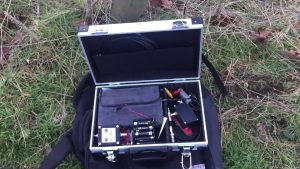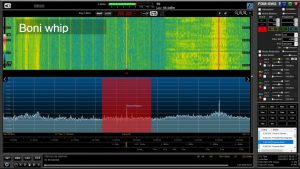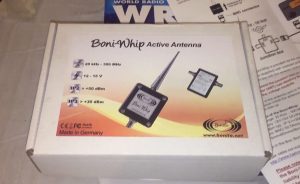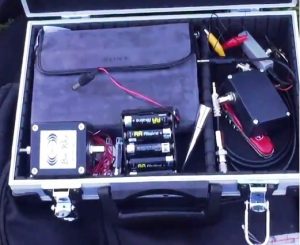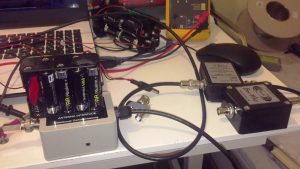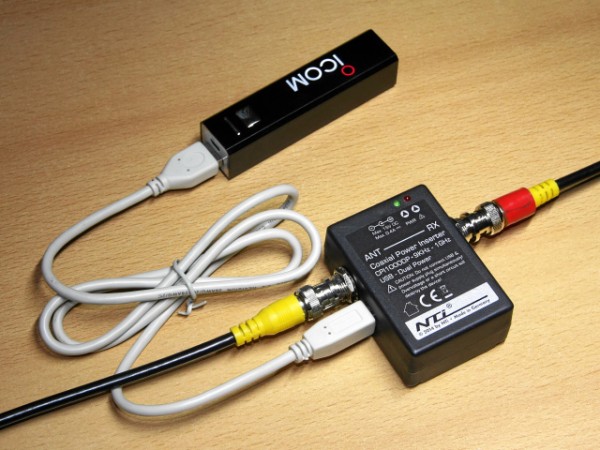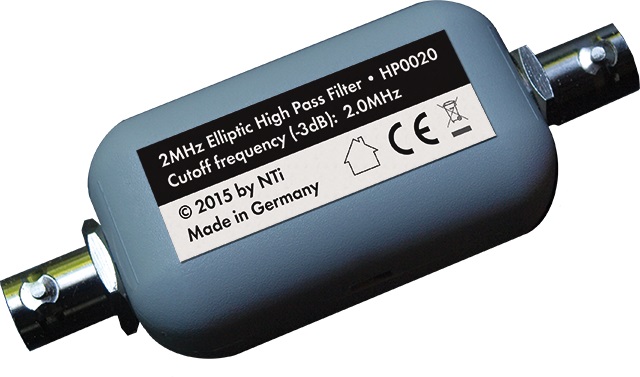Hi there, a few days ago I posted some reception videos comparing the performance of the Boni whip with a 30 metre longwire antenna at home, with a further check against the performance of the H field Wellbrook ALA1530 active loop. The conclusion of those tests was essentially confirmation that E field antennas don’t usually perform very well under a blanket of ‘electrosmog’ and that only on Longwave, did the Boni whip prevailed over the longwire; otherwise there was no usable difference in performance between the two.
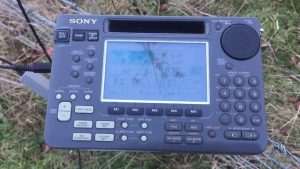
 Sony ICF-SW55 receiver ‘Quiet’ location for Boni whip test
Sony ICF-SW55 receiver ‘Quiet’ location for Boni whip test
This prompted a number of my subscribers to ask when I would be taking the Boni whip on a DXpedition for an outdoor test against the Wellbrook and either a substantial longwire, or the 200 metre Beverage. Time is limited right now for a full test, however, I managed to throw together a kit of parts necessary to run a quick set of comparison tests with the whip, against the barbed wire fence I use for ad hoc DXing when out walking the dog! Over a period of an hour or so, I managed to copy a few stations on 31 and 49 metres and thus recorded signals using the Sony ICF-SW55 receiver with the Boni whip and barbed wire fence. Now previously, I have used that fence as an antenna for the excellent little Tecsun PL-310ET, with some nice results. However, after this series of tests, my views on the fence have changed a little. Obviously it might be somewhat directional and earthed along it’s length, neither of which I’ve checked, however, notwithstanding these performance-related factors, the performance of the whip which at home had been terrible, surprised me greatly. Text links to a set-up video and the reception videos on my Oxford Shortwave Log YouTube channel follow directly below, with embedded videos at the end of the post.
Finally, if you’re looking for a well performing, compact and portable active antenna for outdoor use in quiet environments and of course, DXpeditions, I would definitely recommend the Boni whip. Just bear in mind that the SNR it delivers at home might not be usable for anything more than casual listening.
Thanks for watching/listening/reading and I wish you all great DX!
- 240 metre barbed wire fence versus Boni whip: Zambia NBC Radio 1, 5915 kHz
- 240 metre barbed wire fence vs Boni whip: Voice of Africa 9505 kHz, Sudan
- 240 metre barbed wire fence versus Boni whip: AIR National Channel 9380 kHz
- 240 metre barbed wire fence versus Bonito Boni whip: Voice of Indonesia 9525 kHz
- Setting up to compare the Bonito Boni whip performance to a 240 metre barbed wire fence
Clint Gouveia is the author of this post and a regular contributor to the SWLing Post. Clint actively publishes videos of his shortwave radio excursions on his YouTube channel: Oxford Shortwave Log. Clint is based in Oxfordshire, England.


